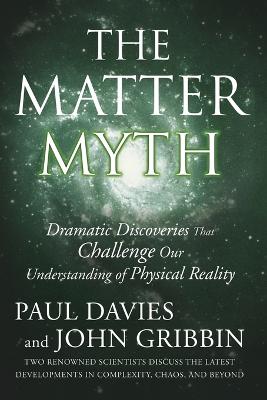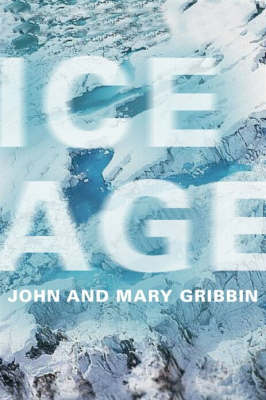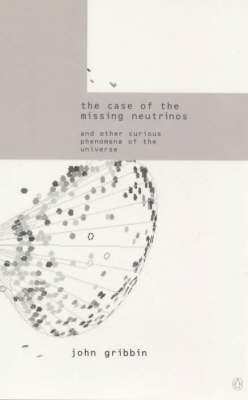Penguin Press Science S.
5 total works
Dramatic discoveries at the frontiers of physics and biology have opened up an entirely new perspective on ourselves and the nature of the cosmos we inhabit. Scientists are rejecting the machine paradigm in favour of a physical reality in which concepts such as chaos, self-organization, adaptation and information flow are the key indicators. This survey examines the revolutionary transformation that is overtaking scientific thinking. From quantum theory of relativity to the latest ideas about the birth of the cosmos, they find evidence for a massive shift in emphasis and provide an advance glimpse of 21st-century science. Paul Davies also wrote "God and the New Physics" and "The Cosmic Blueprint". John Gribbin is the author of "In Search of Schrodinger's Cat" and "In Search of the Big Bang".
On 24 June 1837, Louis Agassiz stunned the learned members of the Swiss Society of Natural Sciences by addressing them, in his role as President, not with an anticipated lecture on fossil fishes, but with a passionate presentation on the existence of Ice Ages. No one was convinced. He even dragged the reluctant members of the Society up into the mountains to see the evidence for themselves, pointing out the scars on the hard rocks left by glaciation (which some of those present tried to explain away as having been produced by the wheels of passing carriages). Extraordinarily, it would take a further 140 years before the Ice Age theory was fully proved and understood. John and Mary Gribbin tell the remarkable story of how we came to understand the phenomenon of Ice Ages, focusing on the key personalities obsessed with the search for answers. How frequently do Ice Ages occur? How do astronomical rhythms affect the Earth's climate? Have there always been two polar ice caps? Is it true that tiny changes in the heat balance of the Earth could plunge us back into full Ice Age conditions?
With startling new material on how the last major Ice Epoch could have hastened human evolution, "Ice Age" explains why the Earth was once covered in ice - and how that made us human.
With startling new material on how the last major Ice Epoch could have hastened human evolution, "Ice Age" explains why the Earth was once covered in ice - and how that made us human.
Where do we come from? How did the universe of stars, planets and people come into existence? Now revised and expanded, this second edition takes into account developments in cosmology and quantum physics since its first publication in 1986, and traces the historical path which has led physicists to an understanding of the big bang, the fireball in which our universe was born.
In The Fifth Miracle, physicist and writer Paul Davies confronts one of science's great outstanding mysteries -- the origin of life. Davies builds on contemporary scientific discoveries and theories to address the question: What, exactly, is life? Is it the inevitable by-product of physical laws, as many scientists maintain, or an almost miraculous accident? Are we alone in the universe, or will life emerge on all Earth-like planets? And if there is life elsewhere in the universe, is it preordained to evolve toward greater complexity and intelligence?



